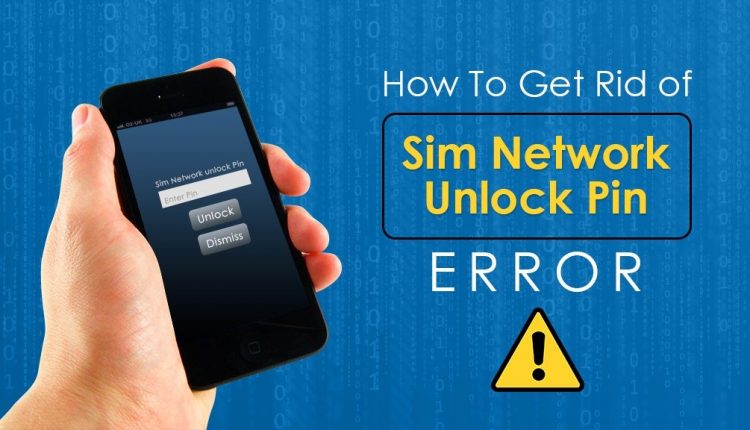
Smartphones are wonderfully helpful devices. We rely on them to communicate with others and have quick access to information anywhere we are.
Today’s smartphone models are better than they have ever been. The seamless and intuitive design on the likes of the iPhone X or the Samsung S9 has transformed this handheld device into the ultimate source of entertainment as well as communication.
But despite the advanced technology employed, smartphones still have their limitations. For one, mobile carriers who provide call capabilities and internet data often have their devices in what’s called a ‘sim lock’. It’s a technical restriction built into GSM and CDMA mobile phones by their manufacturers. They are generally locked to accept sim cards conforming to certain International Mobile Subscriber Identities (IMSIs).
- IMSIs are restricted by any of the following:
- Mobile country code (will only work with SIM issued in one country)
- Mobile network code (specific to telecom service providers like AT&T Mobility, T-Mobile, Vodafone, Bell Mobility etc.)
- Mobile subscriber identification number (only one SIM can be used with the phone)
As such, any attempt to break these restrictions will result in an error message. This is commonly known as ‘sim network unlock pin’. The user must then enter the unlock code to be able to use the sim card as desired. This code is usually available with the smartphone’s manufacturer.
Unlock codes aren’t readily provided to smartphone owners as the ‘sim lock’ functions as another layer of security put in place by the manufacturers.
On the other hand, there are online resources out there that facilitate ‘jailbreaking’ of smartphones. Websites like Jailbreak Wizz , Unlock Radar, and Unlock Plus allows users to unlock their phones with ease. They have access to databases that store millions upon millions of unlock codes.

